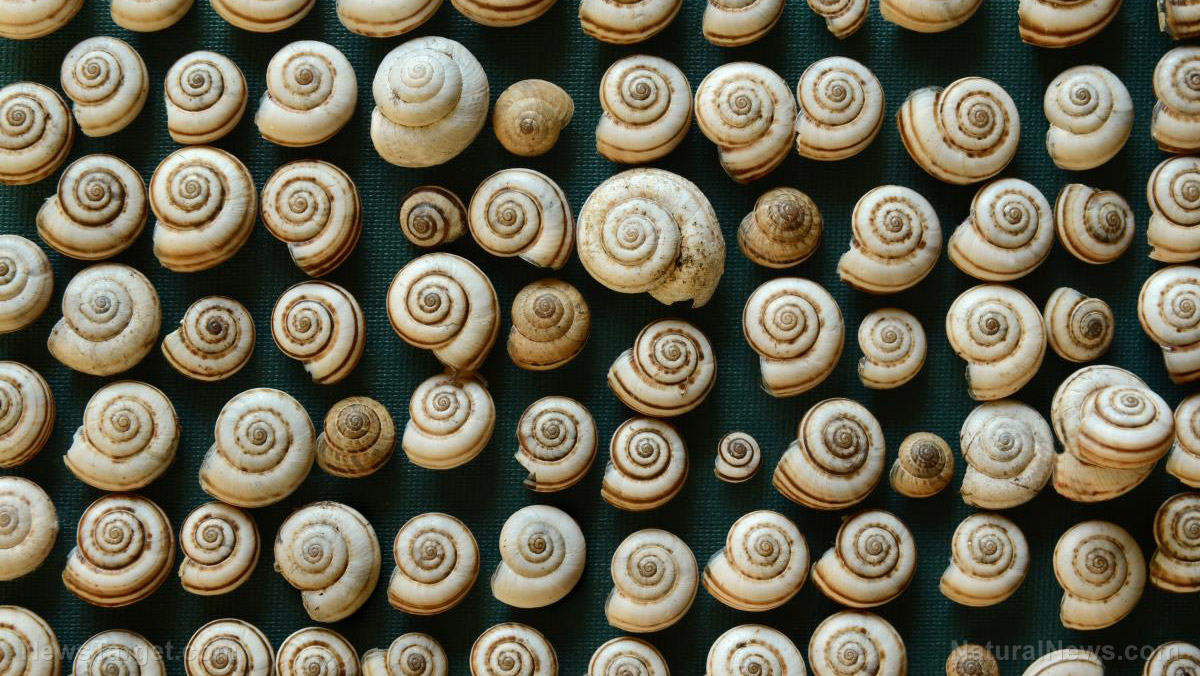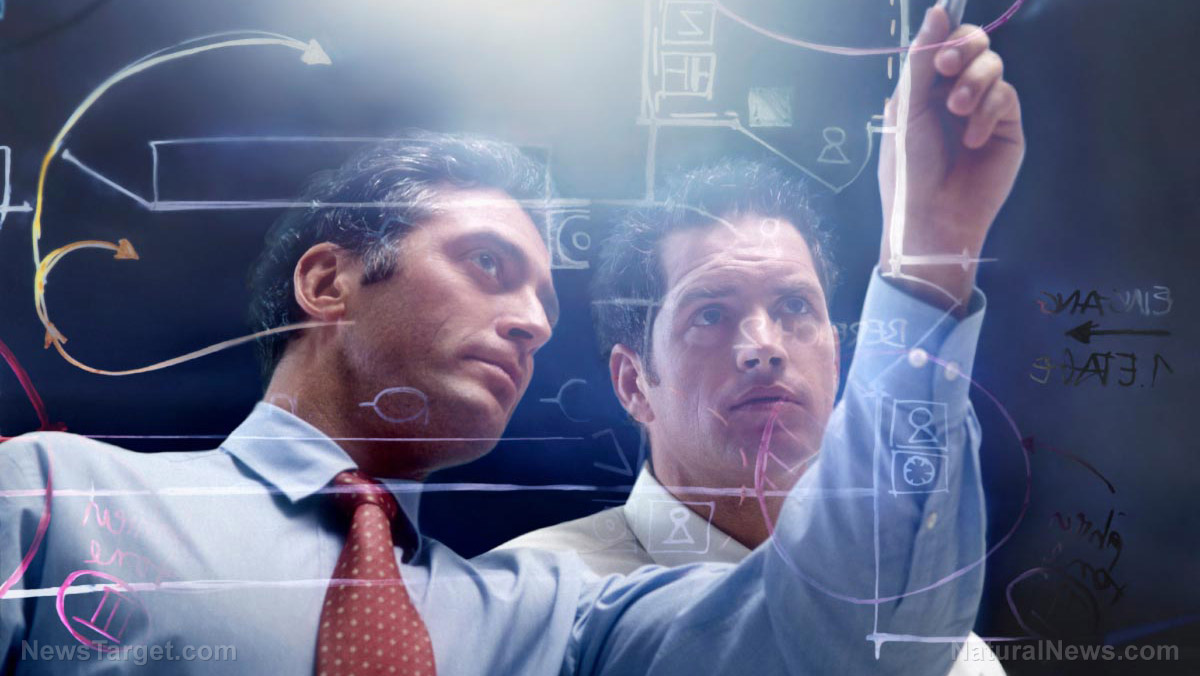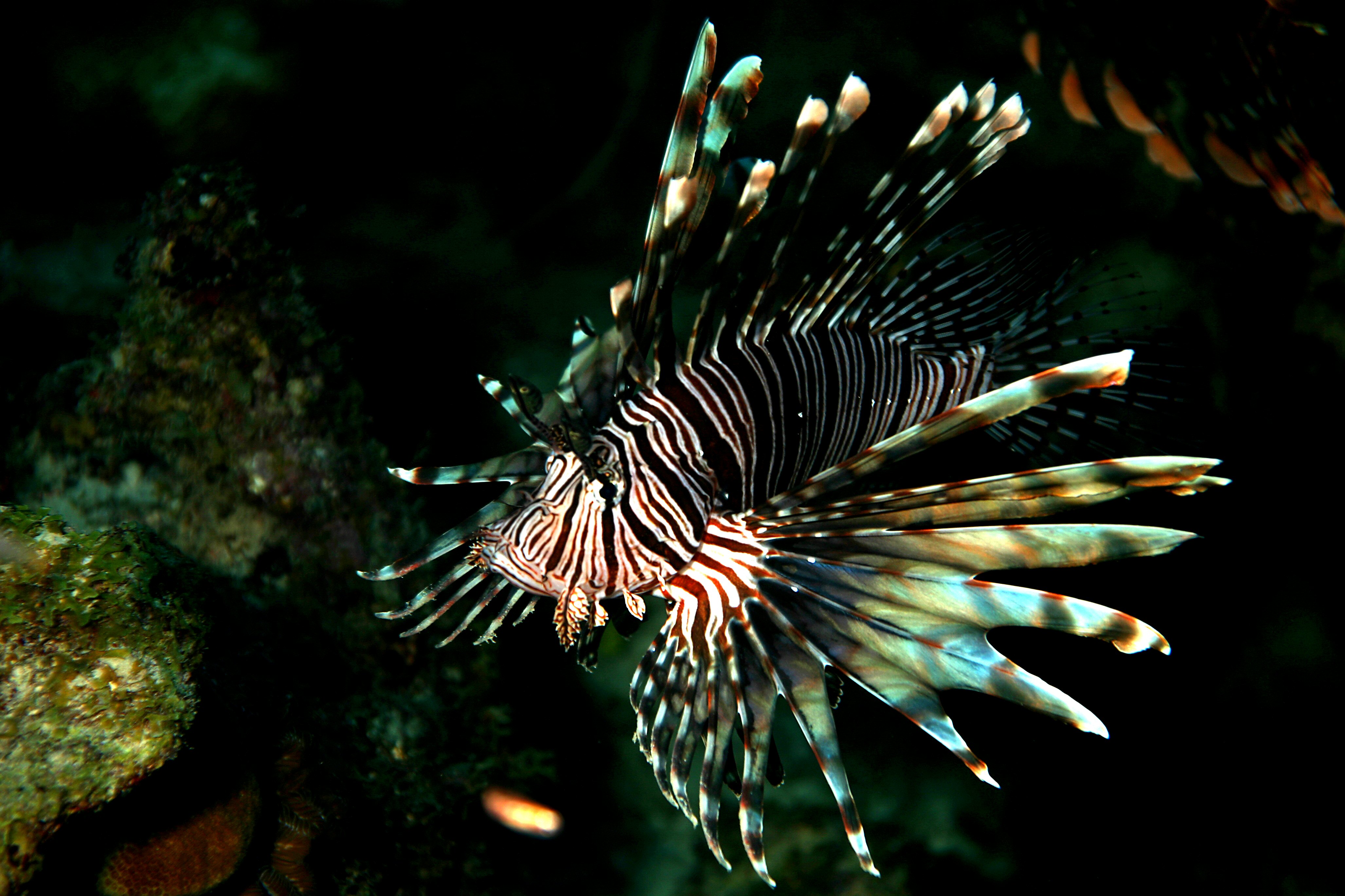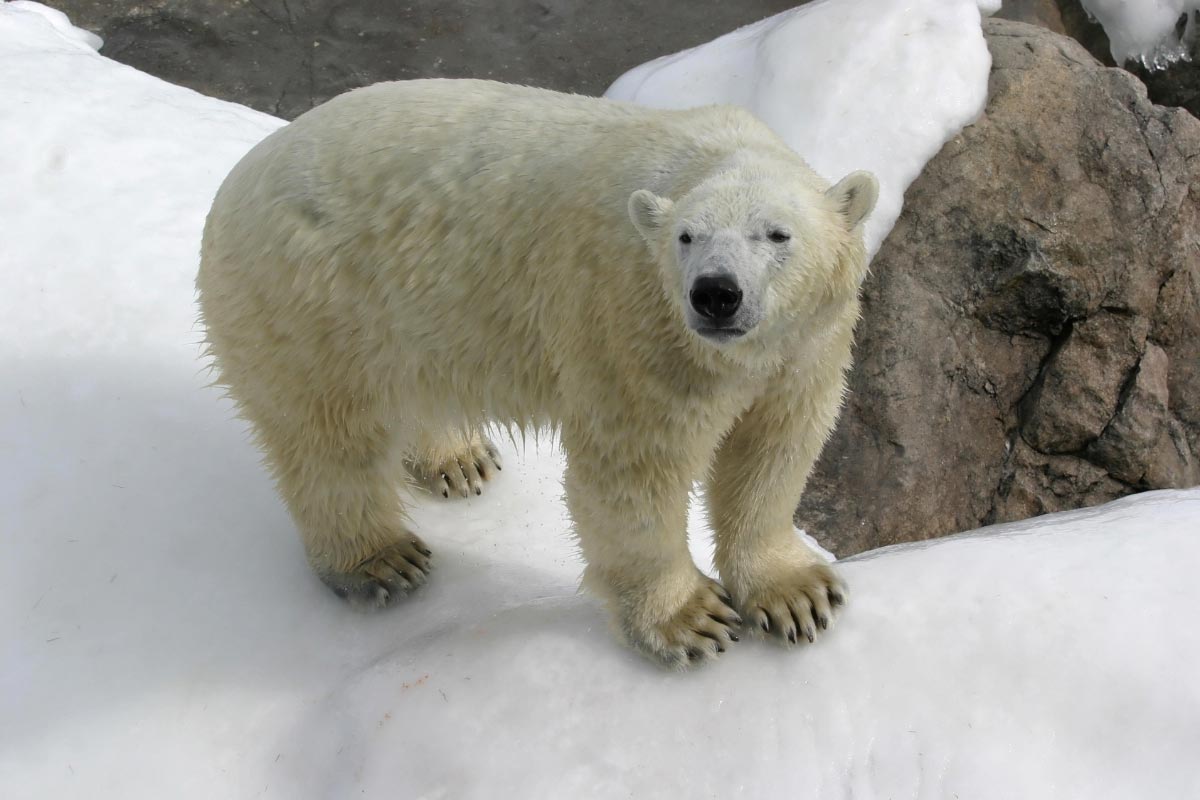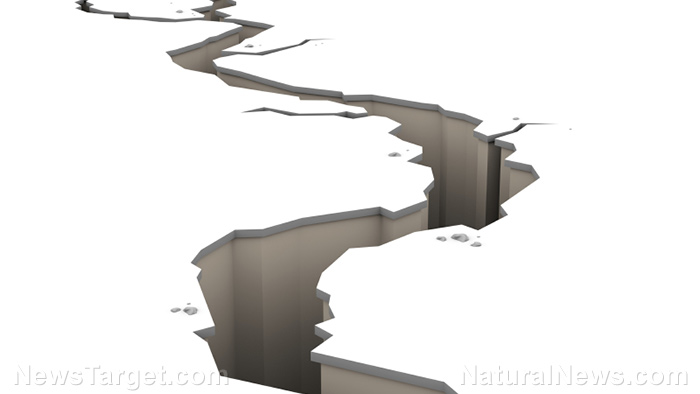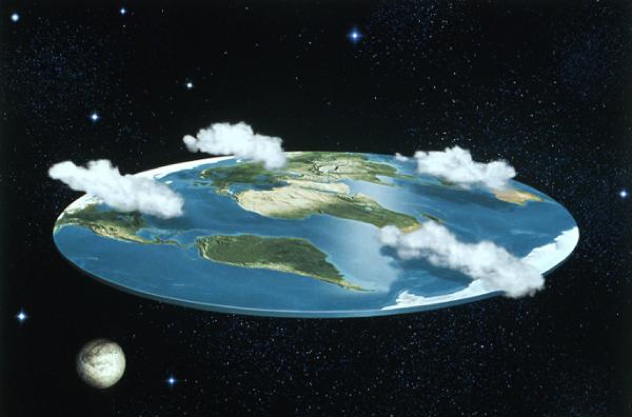A glimpse of the past: Photographer “reanimates” dinosaur skeletons through photographs
02/04/2020 / By Michael Alexander

They may have died out 66 million years ago, but thanks to a photographer’s new series, dinosaurs such as the fearsome predator Tyrannosaurus rex and the imposing behemoth Triceratops are coming back to life.
“I sought to really bring these animals to life,” Christian Voigt said about his project, which he has dubbed “Evolution.”
According to Voigt, the project all started with wanting to bring the prehistoric animals out of their glass boxes.
Known for his hyper-realistic landscape photography and architectural work, Voigt, in an interview with the Daily Mail, said that through this project, he wants to remind people that dinosaurs “…aren’t Hollywood images,” or “Game of Thrones” props, but rather real animals that lived millions of years ago. (Related: Scientist fired from university after discovering shocking dinosaur bones believed to be only 4,000 years old.)
One problem Voigt faced while capturing the fossils’ “portraits” was finding new angles and capturing images no one has ever seen, a situation that he said is akin to shooting France’s famed Eiffel Tower.
“If you shoot the Eiffel Tower, for instance, probably 50,000 tourists have taken the same shot that day,” he said.
According to Voigt, he managed to solve this dilemma by isolating his subjects.
“In a museum, when you look at certain collections of animals and skeletons, they’re always very packed together,” he said, adding that museums often pack up to 20 specimens in a single room.
“To bring out their individuality and beauty, I needed to make them stand alone, to take them out of the crowd,” Voigt, who visited five museums throughout Europe to shoot the project, said.
It’s not just famous dinosaurs that “Evolution” has put on the spotlight: Voigt also photographed lesser-known ones such as the Elaphrosaurus, extinct reptiles such as pterosaurs and mammals such as the American mastodon, saber-toothed cat and even the weird-looking Gomphotherium for the project.
Despite opting to shoot even the most unknown of prehistoric creatures, Voigt has one rule: He only photographs original fossils. Replicas or reconstructions that use plastic or plaster to fill in gaps aren’t welcome.
“I can see the difference, and I won’t use those skeletons,” Voigt said in an interview with Business Insider.
Shooting “Evolution,” according to Voigt, was done by mixing traditional, analog photography with digital compositing techniques: he would rig a black cloth around the skeletons as a backdrop, using only ambient, natural light to illuminate his prehistoric subjects. After that, Voigt would shoot the specimens with a medium-format ALPA camera, before digitally removing the rest of the background in post-production.
It’s a deceptively simple process, but Voigt said it can get tiring – he would sometimes spend hours trying to perfect just one shot.
“I can’t touch them, or ask them to move a little to the left, so I have to look for the best angle,” Voigt said.
Still, this process allowed him to create extraordinarily life-like images – images he’s now selling as limited-edition prints, with each copy selling for up to $56,000.
Despite having shot in some of Europe’s most prestigious museums, however, Voigt said he’s still waiting for the chance to shoot dinosaurs in his dream locations: the Chicago Field Museum and the American Museum of Natural History.
“Those places have animals that are in perfect condition, and that’s what I’m hunting for,” Voigt told Business Insider in an interview.
Sources include:
Tagged Under: dinosaurs, evolution, fossils, gallery, museum, paleoart, paleontology, photography, prehistoric animals, pterosaurs, research, skeletons, T-Rex, triceratops, Tyrannousaurus rex
RECENT NEWS & ARTICLES
Physics.News is a fact-based public education website published by Physics News Features, LLC.
All content copyright © 2018 by Physics News Features, LLC.
Contact Us with Tips or Corrections
All trademarks, registered trademarks and servicemarks mentioned on this site are the property of their respective owners.




